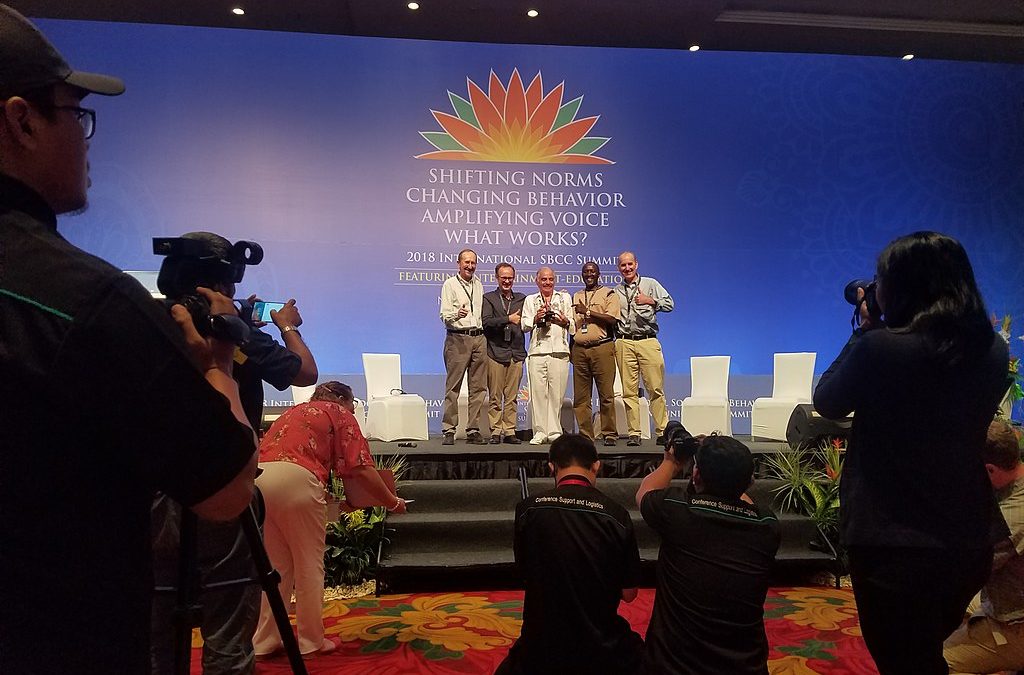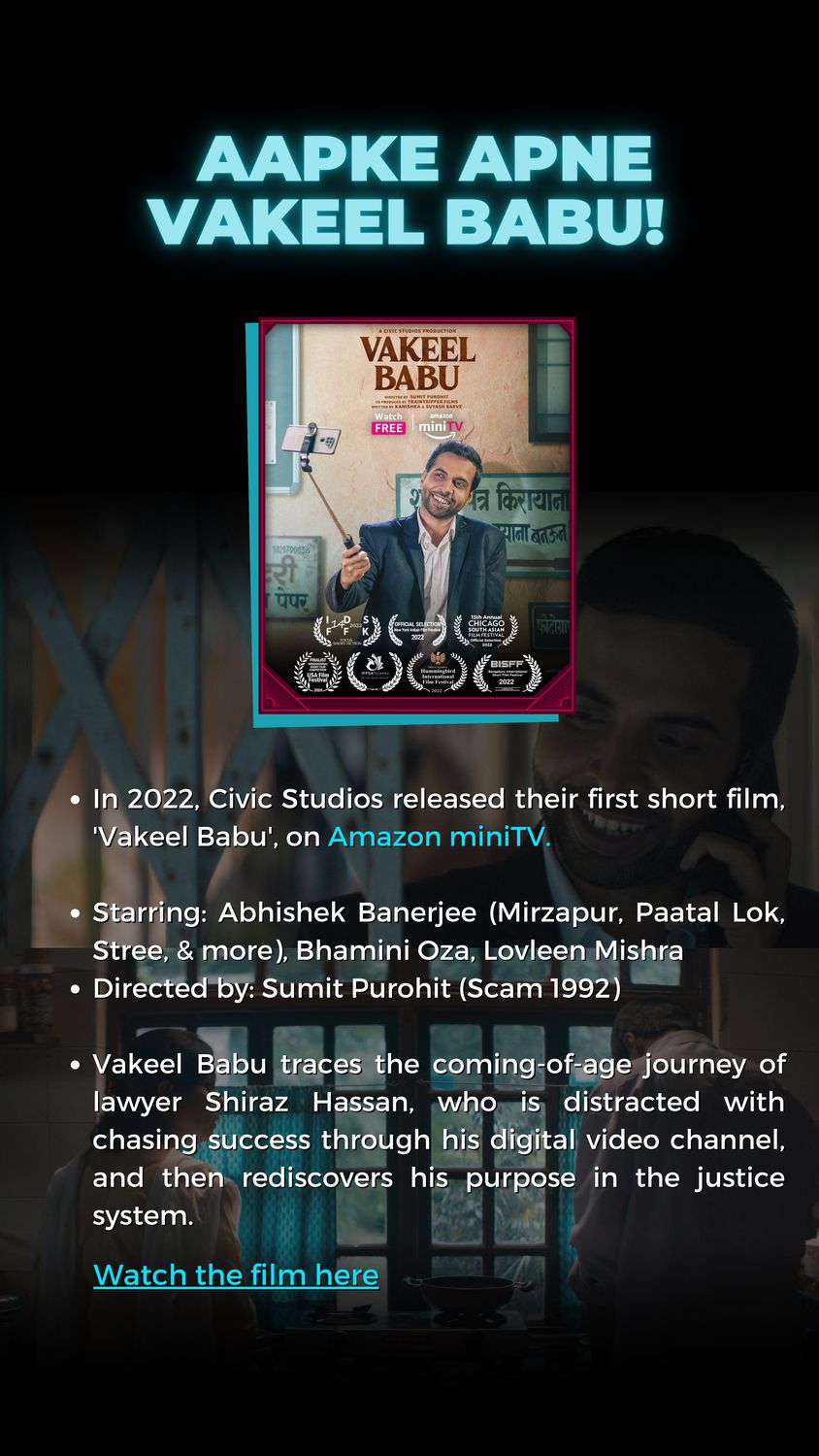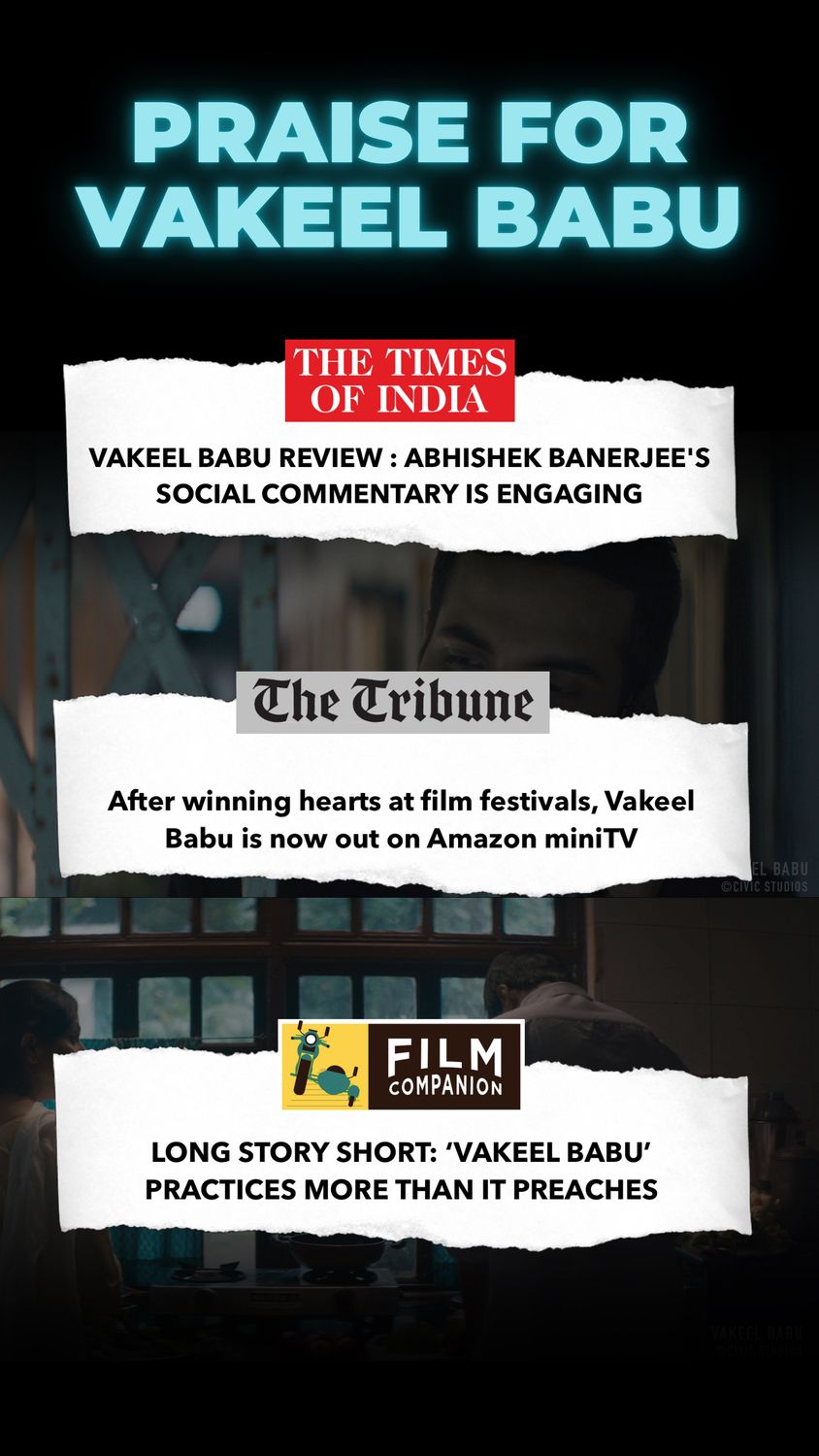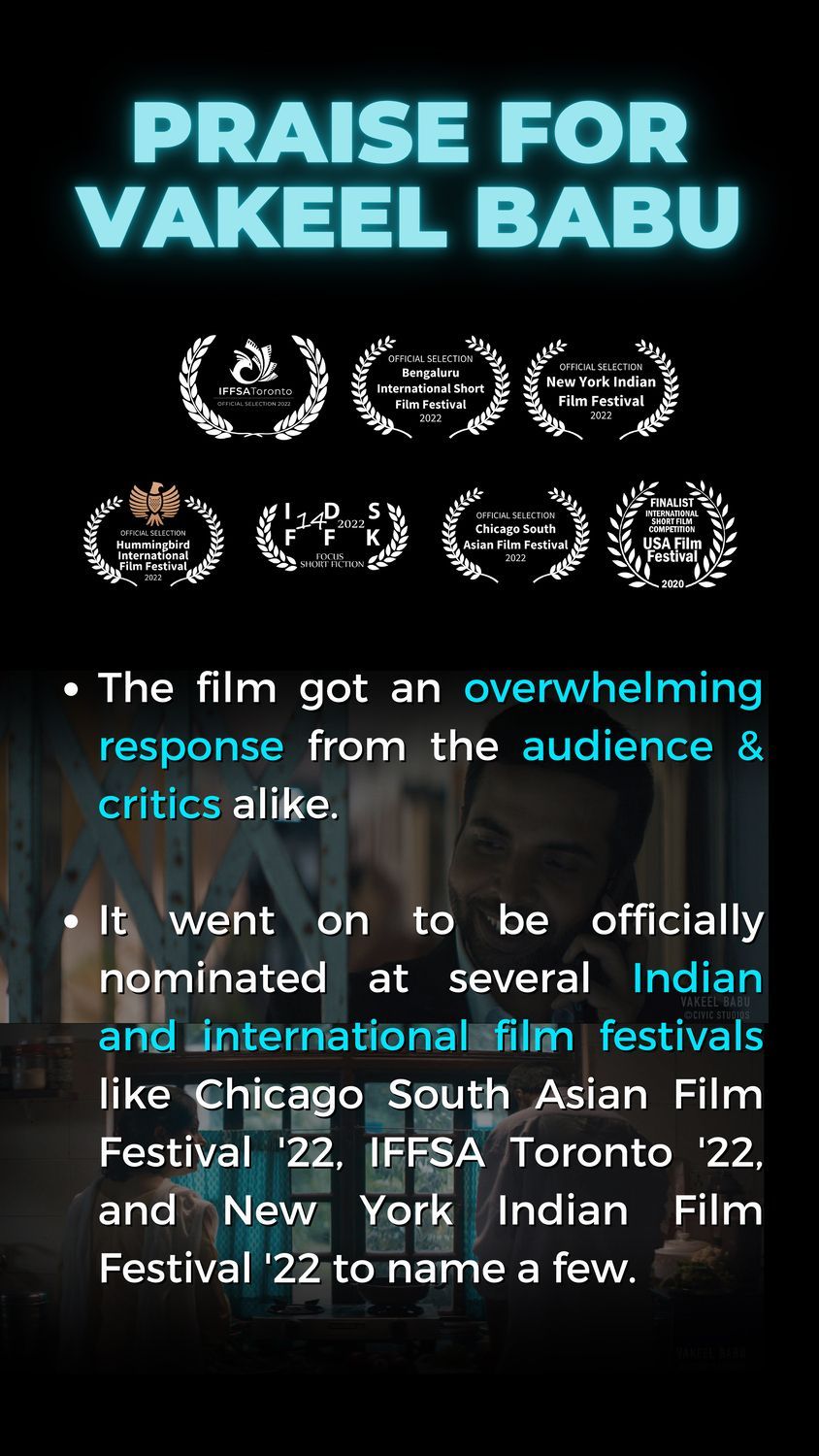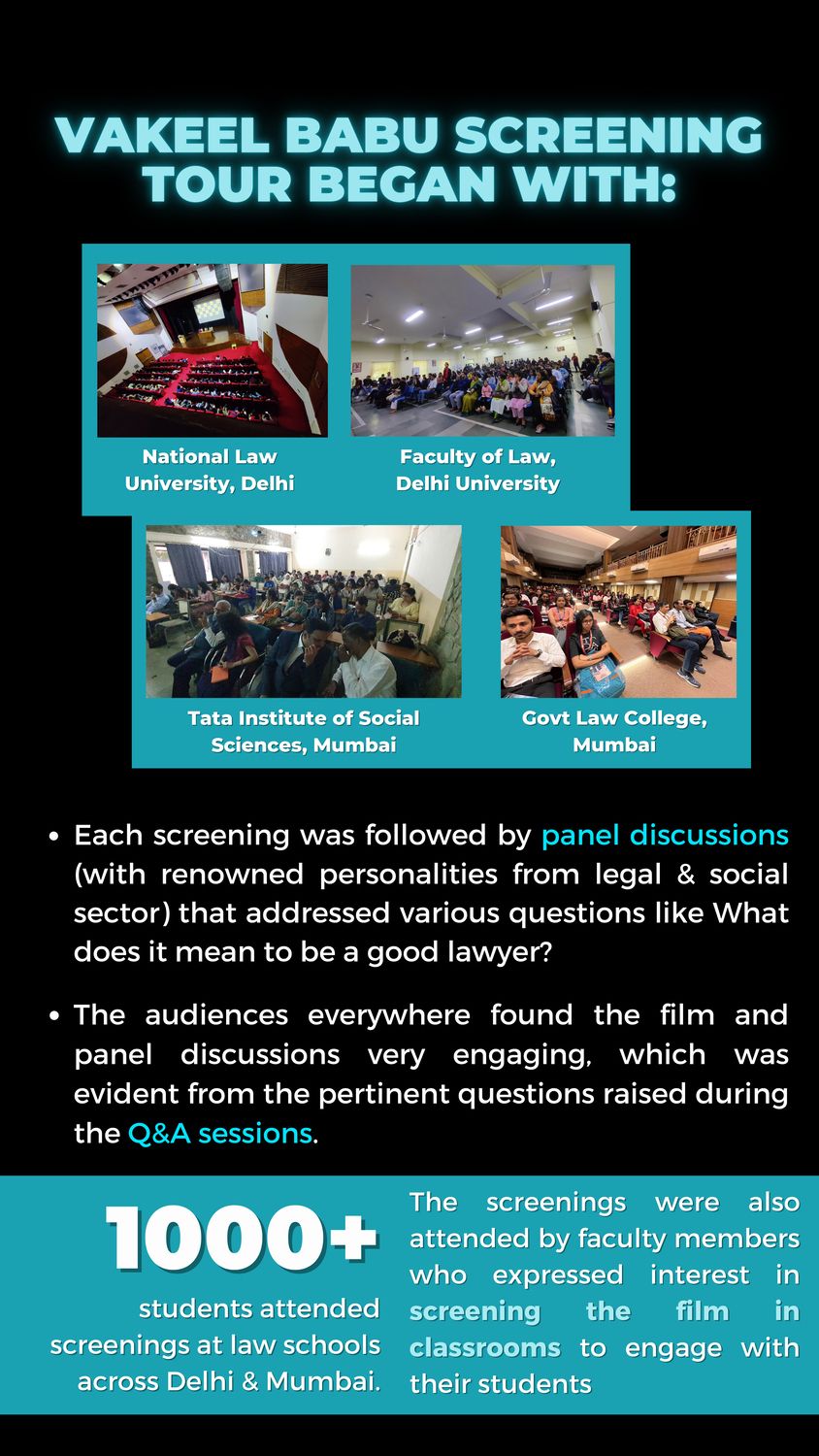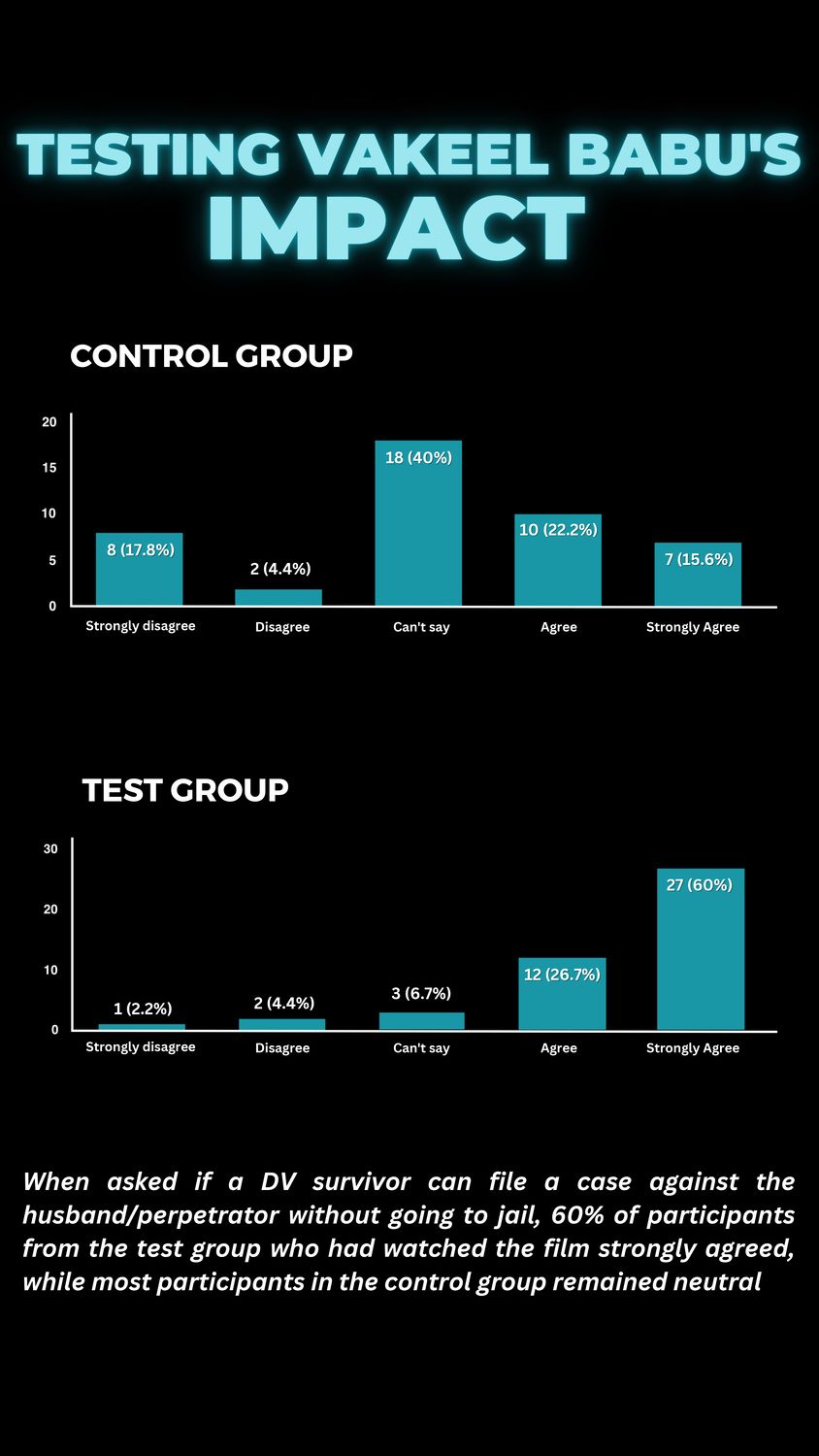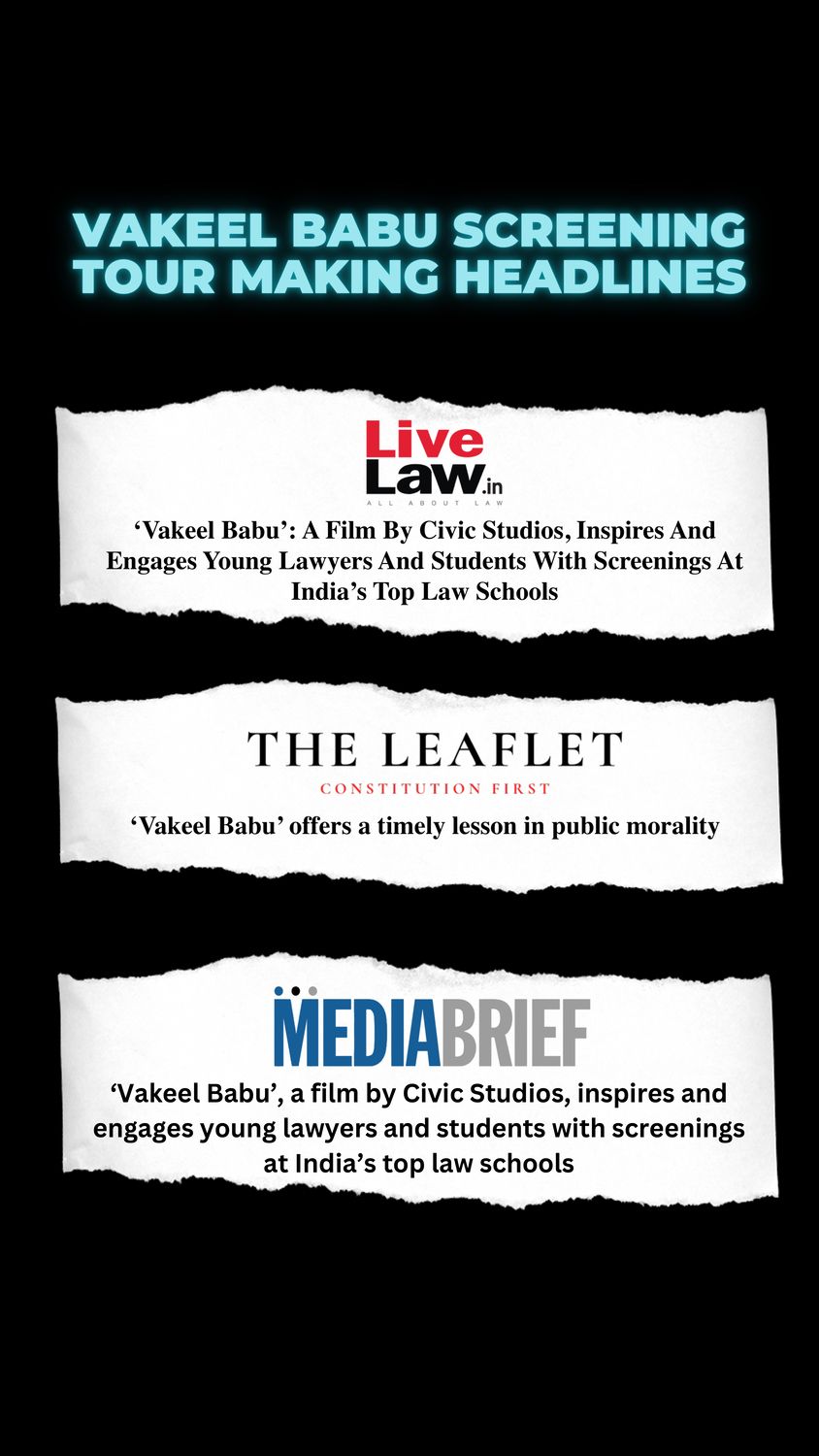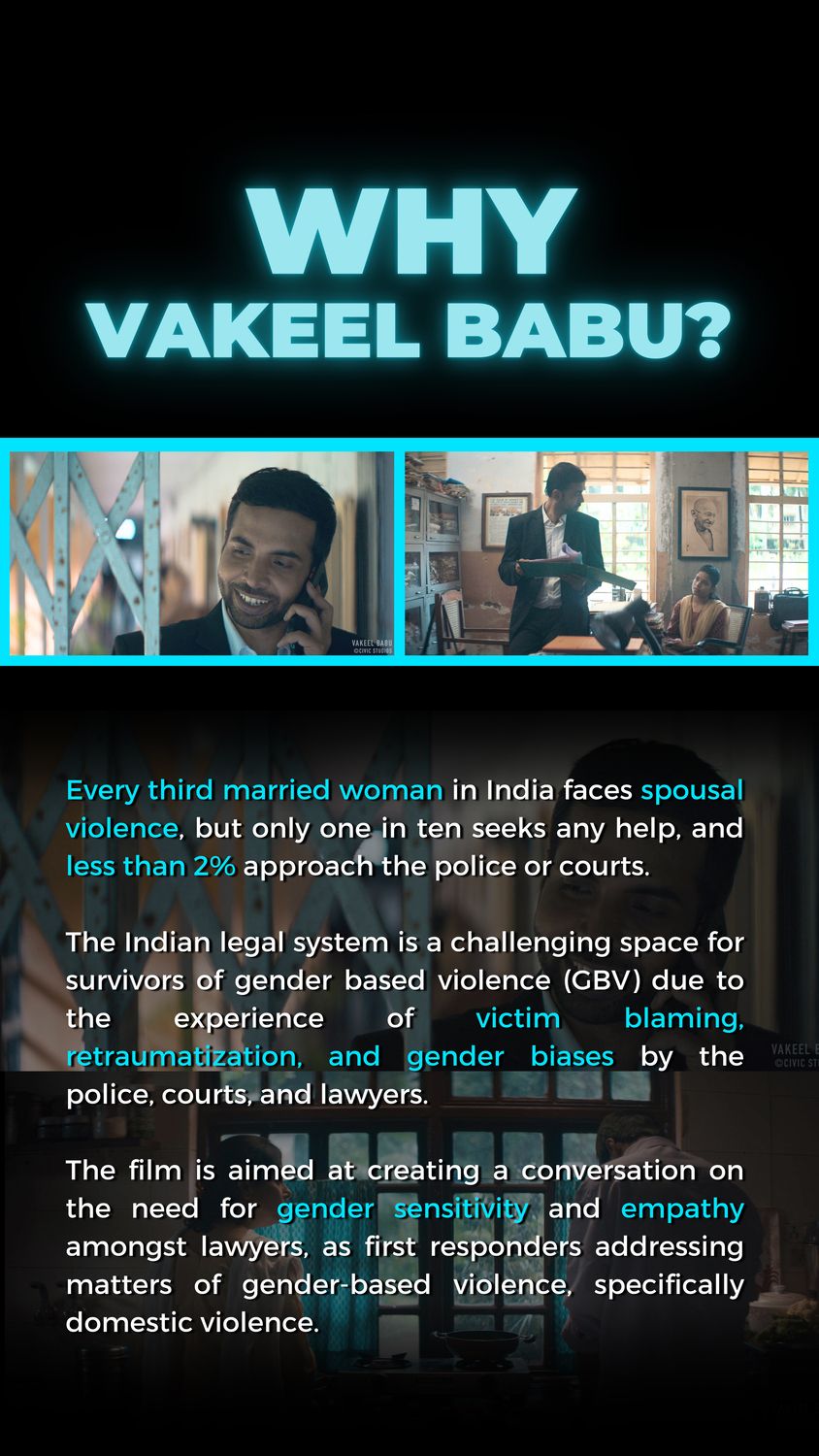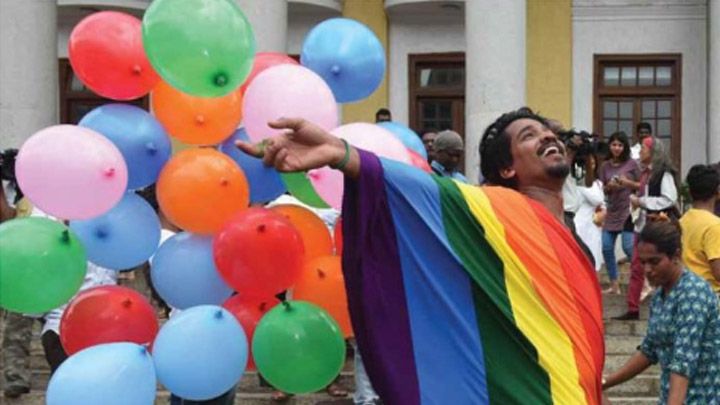We know that emotion, drama, and humor play a vital role in allowing people to be engaged with a character or story. But shows with the ‘Sabido methodology’ are not those that merely discuss something educational while still being entertaining, but rather are those that intentionally model the desired behavior through a character.
Written by: Anushka Shah
In an interview to the New York Times in early 2017, Obama spoke about the power of fiction. He said fiction “was a way of seeing and hearing the voices, the multitudes of this country.” “When so much of our politics is trying to manage this clash of cultures brought about by globalization and technology and migration, the role of stories to unify — as opposed to divide, to engage rather than to marginalize — is more important than ever.”
What are the characteristics of fiction media that could empower us to unify or engage? What specific aspects of story-telling lend themselves to advocating social change and civic participation?
In 1961, Albert Bandura–ranked as the fourth most eminent psychologist of the 20th century–showed through the famous ‘Bobo Doll’ experiment how humans learn through observation and imitation. His experiment showed that children who saw adults behave aggressively with a Bobo doll, an inflated doll that bounces back to position after its been knocked down, were more likely to display aggressive behavior themselves. The experiment proved that humans didn’t have to experience reward or punishment themselves, but could learn vicariously. This Social Learning Theory, which spawned further research on observational learning, had important implications for media effects. Bandura himself began experimenting with its application in the field of entertainment.
Bandura worked together with a Mexican TV producer called Miguel Sabido to create commercial fiction content with specific messages – a field that is popularly called entertainment-education (E-E)[1]. Many of these, like the popular show Simplemente Maria, began as telenovelas in Latin America and have now spread to over 100 countries funded by agencies like the UN, USAID and Gates Foundation. The Archers on BBC in the UK is one of the longest running E-E shows with over 8,000 episodes, while Soul City playing on South African TV for the last 21 years is another. The majority of these shows are focused on health messaging, carrying with them Sabido’s approaches of blending Bandura’s psychological theory with creative elements, or what is now called the ‘Sabido methodology’.
We know that emotion, drama, and humor play a vital role in allowing people to be engaged with a character or story. But shows with the ‘Sabido methodology’ are not those that merely discuss something educational while still being entertaining, but rather are those that intentionally model the desired behavior through a character. Sabido took advantage of a key benefit of fiction – an audience’s ability for character identification. His shows had three kinds of character role models: positive models (those who embody the intended message or behavior), negative models (those who display the incorrect action), and transitional models (those who move from the negative to positive, and so reflect methods to change one’s thought or behavior). Each of the characters are rewarded, punished, or encouraged depending on their specific behaviors. As an audience, you are likely to idolize the behavior of a character you approve of, reject that of a character you spurn – but most importantly, mimic that of the transitional character you identify with.
Character identification further allows mediated interaction between different social groups. There is a wealth of research in psychology that shows that when people from different minority and majority groups interact in person it leads to a reduction in prejudice[2]. Ed Schiappa, professor at the Comparative Media Studies program at the MIT Media Lab, conducted studies to prove his para-social contact hypothesis, or the idea that the same prejudice reduction effect holds true even when the interaction happens via mass-media (Schiappa et al, 2005). For example, frequently watching gay or lesbian characters or then those from a religious or ethnic minority, leads to a change in belief about the characteristics of that groups and a creates a greater familiarity with their lives and experiences. Recent neuroscience research has shown that “the brain, it seems, does not make much of a distinction between reading about an experience and encountering it in real life; in each case, the same neurological regions are stimulated”.
A key effect of character identification and modeling behavior on civics is the potential to increase self or political efficacy. Efficacy in this context is a person’s perception of their own ability to create change – believing you can alter an outcome encourages you to provide the input. A key part of Bandura’s studies, efficacy is proven to increase in audiences who watch relatable characters who empower themselves. These changes happen through various motivational, cognitive, and affective processes, but as edutainment scholar Arvind Singhal writes, the individual-level effects of these should not be over emphasized. Rather, it can influence “the under-currents that can create the conditions for individuals when they have the self-efficacy”.
Fiction further has the ability to model the consequences of thought or action. Humans are often reluctant to make change for it comes at a cost – civic engagement certainly has the cost of energy, time, and planning. When the sequence of reward or benefit by engaging is unclear, both the motivation and path to act are doubtful. However, by demonstrating how characters in a story mobilize around an issue rather than just talking about it, the action-to-reward sequence is less ambiguous and allows us to see someone else walk the path first. For example, when you sign a petition, if you saw the mode in which it reached a legislator and altered a law, the next time you may feel more convinced to sign one. Alternatively, you may also learn to identify effective petitions that have precise demands and are aimed at an authority, from ones that are vague but shared simply because of the low cost of signing. Joining a local community group might feel small when it comes to scale of impact, but when you see the benefits of an established network in the long term or when a crisis strikes, you may be more persuaded to participate.
Fiction can also influence behavior by setting new social norms. A MacArthur ‘genius’ fellow, Betsy Paluck’s research at her Princeton lab shows that people are often more persuaded by what they think others see as acceptable than their own personal beliefs. In an NPR interview about her work around media effects, she discusses reactions of Rwandans to a radio soap opera about reconciliation post the genocide – “And people would say, “This is clearly something that Rwandans are into. They’re into this relationship on the soap. I may not personally believe in letting my daughter marry someone from the other ethnicity, but I’m going to let her — because that’s what we as Rwandans are doing now.””
Activating the above abilities of fiction – character role models, para-social contact, increasing self-efficacy, demonstrating consequence, and setting new social norms – requires strong research about the target audience and issue in focus. This involves not just making the lives and choices of the characters relevant to those of the audience, but also their language, tone, and gestures. The Soul City institute in South Africa and various other centers of edutainment outline the processes of formative research and of bringing educators and creative experts together to blend elements of fiction and non-fiction.
There is an unarguable ethical risk to using fiction with such crafted outcomes. The difference between plain story-telling and such designed media interventions is the difference between creating art and influencing the audience to react in a certain way to that art. Yet, like all powerful tools, there are both good and bad ways to use it, and to let go of the tool altogether would be to miss an opportunity for a better world. In a later essay, I will explore some ways in which to work within an ethical standard of edutainment based on learned experiences and existing best practices.
- The University of Southern California, John Hopkins University, and Ohio University have been importance centers of E-E scholarship, as has the non-profit Population Communications International (PCI)
- Contact Hypothesis (Dovidio, Gaertner, & Kawakami, 2003). Credited to Gordon W. Allport (1954).
